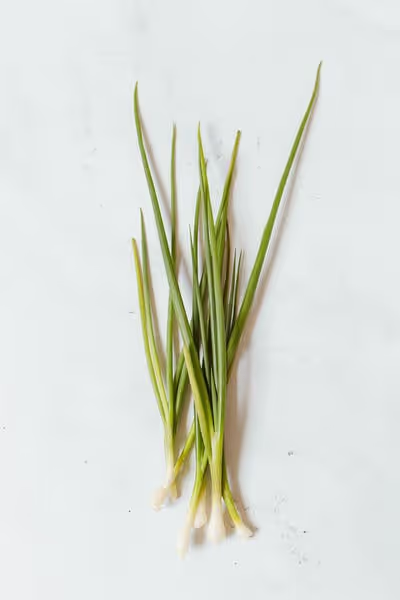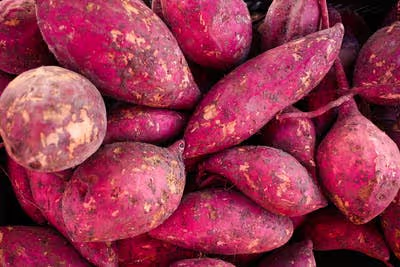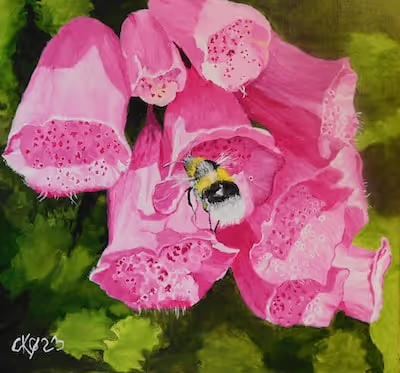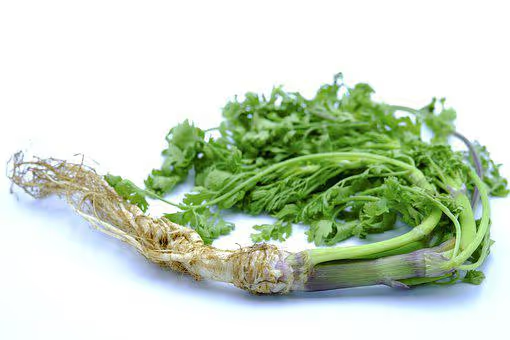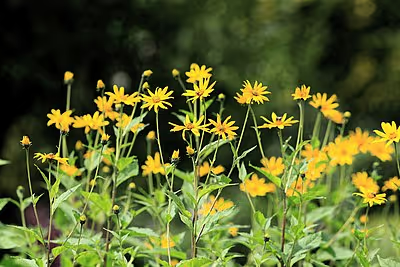Growing Coriander: A Simple Step-by-Step Garden Guide
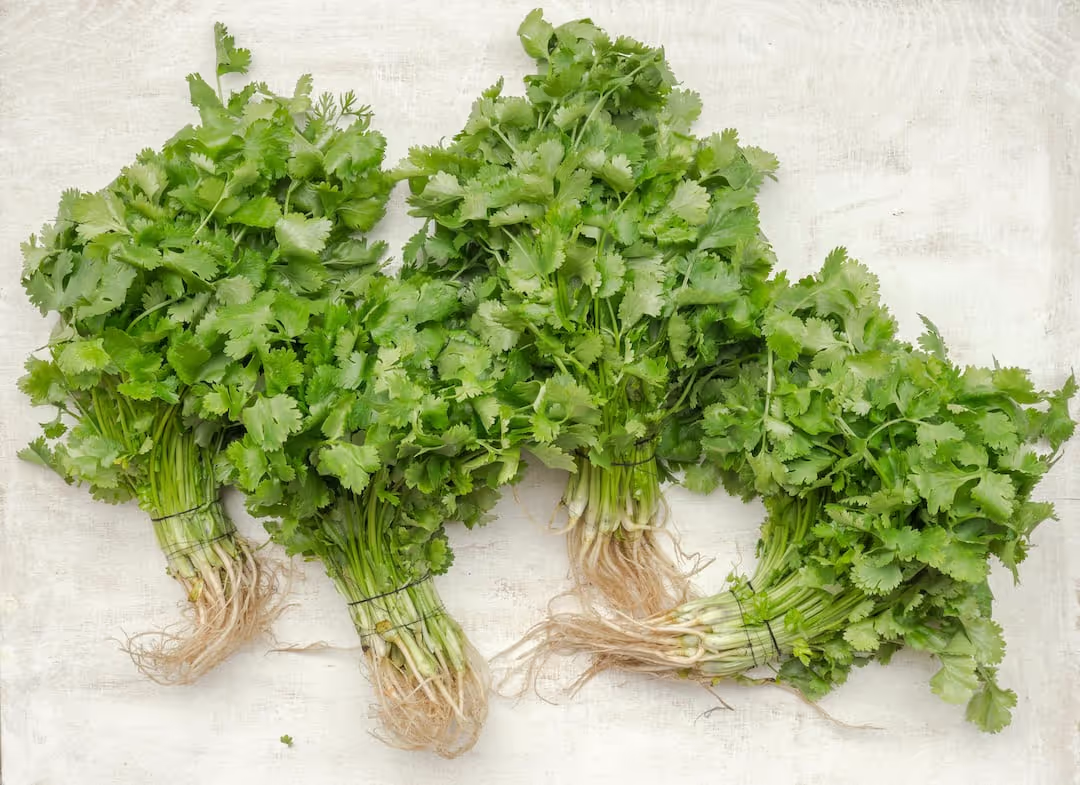
Growing Coriander
Growing coriander starts by sowing seeds directly into rich, well-draining soil in a spot soaking up plenty of sunshine. Water coriander frequently but lightly, ensuring the soil remains moist without drowning your plants. Regular harvesting encourages new growth, keeping your coriander plants productive and your dishes vibrant—read on for step-by-step guidance on growing coriander successfully in your own garden.
Cheatsheet: Rapid-Start Guide for Abundant Coriander
🌱 Varieties & Yield
Coriander (Cilantro): Sow slow-bolt types for hotter climates. Each plant yields up to 1 oz (30g) fresh leaves.
🪴 Tools and Products You'll Need
- Seeds (heirloom or organic)
- Pots (8 in/20 cm deep) or garden bed
- Organic potting mix
- Hand trowel
- Watering can
- Scissors
🌤️ Planting & Location
- Full sun to part shade; avoid midsummer heat (above 85°F/29°C)
- Soil: Rich, drains well, pH 6.2-6.8
- Direct sow: 1/4 in (0.5 cm) deep, rows 6 in (15 cm) apart
- Thin to 6 in (15 cm) apart
- Ideal temp: 55–75°F (13–24°C)
💧 Water & Care
- Keep soil moist, not soaked
- Mulch for cool roots
- Fertilize: Half-strength organic liquid feed every 3–4 weeks
- Pinch flower stems to delay bolting
✂️ Harvest
- First harvest: 3–4 weeks after sowing, cut outer leaves only
- Cut no lower than 2 in (5 cm) above soil
- Plants regrow for multiple harvests
- For seed, allow to flower; harvest when seed turns brown
🦠 Health & Self-Sufficiency
Coriander leaves supply vitamin K, C, A. Seeds aid digestion. Home-grown avoids pesticides.
⚡ Quick Stats
- Grows in 4–6 weeks
- 1 tablespoon fresh leaves = 1% daily vitamin K
- Each plant yields for 2–3 months
Prepare site or pots Choose sunny spot, fill pots or bed with moist, rich soil.
Sow seeds Sow thinly, 1/4 in (0.5 cm) deep. Cover lightly, water gently.
Thin seedlings Once 2 in (5 cm) tall, thin to 6 in (15 cm) apart for airflow.
Maintain Water when dry on top, feed every 3–4 weeks, mulch if hot.
Harvest leaves Begin at 4 in (10 cm) tall, cut outer leaves. For seed, leave to mature.
-
Growing Coriander: A Simple Step-by-Step Garden Guide
I grow coriander for both lush leaves and fragrant seed, and I treat each like a different crop. The plant has opinions, and it rewards gardeners who read the signals.
Know your plant: cilantro vs. coriander
Coriander is Coriandrum sativum. In North America, the leaves are called cilantro and the dried seeds are coriander.
I harvest leaves young for salsa and pakoras. I let later sowings run to seed for spice jars and pickled green seeds.
Site and season
Coriander prefers cool, bright weather. I get the best leaves in spring and fall at 50 to 75 F, 10 to 24 C.
Heat above 85 F, 29 C, and long days trigger bolting, which means flower stalks and fewer tender leaves. Shade cloth and steady moisture delay it.
RHS advises a sunny, well-drained site with regular water, and notes that hot, dry spells cause rapid bolting.
Soil prep
Loamy, well-drained soil with a pH of 6.2 to 6.8 suits coriander. I mix in finished compost and a light organic pre-plant feed at 3-4-4 or similar.
Heavy nitrogen gives floppy foliage and weaker flavor. Keep it modest and steady.
Seed prep that speeds germination
Coriander seed is a schizocarp with two seeds fused. I gently crack the hulls with a rolling pin, then soak 8 to 12 hours.
That trick shortens germination from two weeks to about one. Warm soil helps too.
Sowing method
- Direct sow 0.25 to 0.5 inch deep, 6 to 12 mm. I space rows 8 inches, 20 cm, for leaf harvest, wider for seed harvest.
- Thin to 2 to 4 inches, 5 to 10 cm, for leafy bunches. Give 6 inches, 15 cm, if you want big umbels for seed.
- Succession sow every 2 to 3 weeks. Small, steady sowings beat one big planting.
Extension trials report germination in 7 to 14 days at 55 to 68 F, 13 to 20 C, and seed maturity in roughly 90 to 120 days.
Containers and indoor setups
I use a pot at least 8 inches deep, 20 cm, with a high quality mix and sharp drainage. A 2 gallon, 7.5 liter, container grows a generous clump.
Give 6 hours of light minimum, with a cool room and a fan for airflow. Overheated kitchens turn coriander cranky.
Watering rhythm
Keep the top inch, 2.5 cm, evenly moist. Dry spells spike bitterness and prompt bolting.
I water in the morning at soil level. Mulch lightly with straw to stabilize moisture.
Feeding schedule
Side dress with compost at 3 to 4 weeks. A seaweed or fish emulsion at half strength every 10 to 14 days keeps growth steady.
Avoid heavy feeding late. It pushes soft growth that wilts in heat.
Leaf harvest technique
Cut outer stems first and leave the crown. I harvest at 30 to 40 days for peak flavor.
Never scalp the plant. Leave at least one third of the foliage each pick to keep it pushing new leaves.
Seed harvest and curing
Once umbels brown, I cut whole heads and bag them paper-dry indoors. Good airflow is key.
Seeds are ready when they roll free and shatter cleanly. I finish-dry to 9 percent moisture by feel, crisp and aromatic.
Flavor trick: green seeds
Pick immature green seeds and quick-pickle them with vinegar, salt, and a hint of sugar. The pop of citrus pine is fierce.
I stash jars next to capers. They make plain eggs sing.
Bolt control
Heat and daylength drive flowering. I plant on the east side of taller crops for dappled afternoon shade.
Use 30 percent shade cloth during hot spells. Water deeply before heat spikes to buffer stress.
Pests and problems
- Aphids: blast with water, then follow with insecticidal soap. Lady beetles and hoverflies help if you leave some fennel or alyssum nearby.
- Leafminers: remove mined leaves quickly. Floating row cover at sowing keeps adults off.
- Damping-off: sterilize trays, avoid overwatering, and increase airflow. Sow slightly shallower in cool soil.
- Powdery mildew: rare in my beds. Wider spacing and morning water prevent it.
UC publications emphasize consistent moisture and spacing as the simplest way to reduce coriander stress and pest pressure.
Companions and rotation
Coriander attracts lacewings, syrphid flies, and tiny parasitic wasps once it blooms. I tuck it near brassicas and tomatoes for free pest patrol.
Avoid planting next to fennel. The chemistry gets weird and growth suffers.
Varieties I trust
- Santo: slow to bolt and reliable in spring. My default for leaves.
- Caribe: handles early heat. Shorter, bushy habit.
- Calypso: very slow to bolt, high leaf yield. Good for containers.
- Leisure: classic market type with balanced flavor. Predictable germination.
- Jantar or Moroccan: bred for seed production. Big umbels and high oil content.
Buying guide and quick cost check
Choose fresh seed from the current season. Old coriander seed gets stingy.
Packets run about 2 to 5 USD or 2 to 5 EUR. For restaurants or market growers, a quarter pound bulk bag pays off fast.
Skip leggy transplants. Direct sow or buy very young starts with short, stocky stems and no yellowing.
Kitchen grade quality, farm habits
I cut early in the day, dunk quickly in cold water, and spin dry. Chill at 34 to 38 F, 1 to 3 C, in a perforated bag.
Leaves hold 5 to 7 days like this. Seed stores a year in glass away from light.
Common questions, straight answers
- Can I grow coriander year round indoors. Yes with cool temps, bright light, and frequent sowings every three weeks.
- Does pinching prevent bolting. No, pinching delays a little but heat and daylength still win.
- Can I cut all at once for bunches. Yes, but plant more often to keep supply steady.
My field notes
Best spring sowing window for me lands when soil hits 55 F, 13 C, at dawn. Anything colder slows germ and invites rot.
In summer, I aim for morning sun and shade after 1 p.m. The difference in leaf tenderness is noticeable.
Science in simple words
Bolting is driven by photoperiod and heat stress hormones. Long days whisper grow up, and the plant obeys.
Cool roots and steady moisture keep growth vegetative. That is the whole game for leaves.
Flavor and oil content
For seed spice, slight water stress near maturity concentrates essential oils. I learned this from a spice grower who measured it with a small still.
For leaves, avoid stress. Bitter notes creep in fast.
Safety and allergens
Coriander can cross-react with celery and carrot family allergies. Wear gloves if you react to Apiaceae pollen.
Flowers are a pollinator magnet. I let a patch bloom for the bees every season.
Simple calendar
- Germination: 7 to 14 days at 55 to 68 F, 13 to 20 C.
- First leaf harvest: 30 to 40 days after sowing.
- Green seed: 60 to 75 days. Dry seed: 90 to 120 days.
Toolkit I actually use
- Hori hori for shallow furrows and quick thinning.
- 30 percent shade cloth and spring clamps for heat snaps.
- Fine rose watering can for seedlings, drip line for mature beds.
- Paper bags, mesh screen, and a big bowl for seed drying and winnowing.
From the literature
RHS guides frame coriander as a cool-season annual that resents root disturbance and prefers direct sowing. I agree based on repeated side-by-side trials.
Penn State and UC extension bulletins echo the same themes on temperature, spacing, and quick, repeated sowings. Those simple habits deliver consistent harvests.
Frequently Asked Questions About Growing Coriander
What's the optimal soil type for coriander's best growth?
Coriander thrives in a well-draining, loamy soil rich with organic matter. Aim for a neutral to slightly acidic pH between 6.2 and 6.8. Amend dense clay soils with compost to provide coriander roots the breathing room they demand.
How much sunlight does coriander require?
Sunlight is coriander's lifeblood—but moderation rules the day. Provide your coriander plants with at least four to six hours of full morning sun, then offer them shade when the midday rays blaze. Too much heat triggers premature flowering (bolting), shortening your harvest window.
What's the ideal watering schedule for coriander?
Keep coriander consistently moist—not drenched. Regular watering every few days, enough to keep soil damp but never soggy, satisfies coriander's thirst without drowning its roots. Pay attention in hot or dry climates, where you may need to replenish moisture more frequently.
How can I stop coriander from bolting so quickly?
Bolting—the rapid flowering and seeding of coriander—results from stress, usually caused by heat. To prevent this botanical rebellion, sow coriander seed early in cooler weather, or opt for partial shade when temperatures rise. Regular harvesting of leaves also delays bolting, signaling the plant to prolong leaf growth.
Can coriander flourish in containers?
Absolutely. Coriander performs splendidly in containers, provided they're deep enough (minimum 8 inches) to accommodate taproots, and include ample drainage holes. Use quality potting mix enriched with compost, position containers strategically to control sun exposure, and enjoy coriander on balconies, patios, or windowsills.
What companion plants pair well with coriander?
Coriander thrives among companions like basil, parsley, dill, tomatoes, spinach, and lettuce. These plantings not only create vibrant culinary synergy but also attract beneficial insects, promote balanced moisture levels, and discourage pests—a harmonious collaboration enhancing your garden ecosystem.
How long does coriander take from seed to harvest?
Patience rewards coriander growers quickly. Typical leaf harvest begins around 3 to 4 weeks after sowing seeds. Seeds for spice use mature roughly 3 months after planting, turning brown and aromatic—prime time for collection and culinary adventures.
Growing coriander isn’t rocket science—it’s about keeping things simple and paying attention. Sow fresh seeds. Keep the soil moist, but don’t drown them. Give their roots room and their leaves a little afternoon shade. Before you know it, you’ll have a patch of bright, aromatic greens and the seeds to keep the cycle going. The real satisfaction comes from that first handful, snipped onto a homemade curry or salad—fresh, peppery, absolutely yours. Hungry for more flavor in your garden? You might enjoy trying perilla or a twist with lovage. But for now, celebrate the honest joy of growing coriander, one harvest at a time.
The Homesteader's Take on Growing Coriander
Extending Harvest with Succession Planting
- Stagger plantings every 3 weeks from spring to early autumn for steady supply.
- Interplant coriander with fast-growing radishes or lettuces to maximize space efficiency.
- Allow a few plants to flower and seed annually for sustainable, zero-cost propagation.
Companion Planting for Garden Health
- Coriander flowers attract beneficial insects like hoverflies and parasitoid wasps, significantly reducing aphids, whiteflies, and other pests.
- Plant coriander near brassicas (cabbage, broccoli, kale) to deter cabbage moths naturally.
- Avoid placing coriander next to fennel, as fennel's roots negatively affect its growth.
Preserving Coriander for Year-Round Use
- Dry coriander seeds: Harvest seed heads, bundle and hang in dry spot; collect dried seeds for spices.
- Freeze coriander leaves: Chop leaves finely, pack them in ice cube trays, fill with water or olive oil; freeze and store cubes in airtight bags to preserve flavors.
Coriander's Nutritional Impact for Self-Sufficiency
- Coriander leaves are rich in vitamin C, vitamin K, potassium, and antioxidants that support immune and cardiovascular health.
- Seeds deliver dietary fiber, iron, magnesium, promoting digestive and heart health without additional supplements.
- A single mature coriander plant provides enough seeds for successive plantings, ensuring independence from external seed suppliers.
Sustainable Recycling Practices
- Compost spent coriander plants to replenish garden soil with essential organic matter and nutrients for next season’s planting.
- Utilize coriander stems and roots in cooking (soups or stocks) to maximize harvest yield and eliminate garden waste.
Find out which plants will thrive in your garden!
Answer a few fun questions and get custom plant recommendations perfect for your space. Let’s grow something amazing together!

start your season
